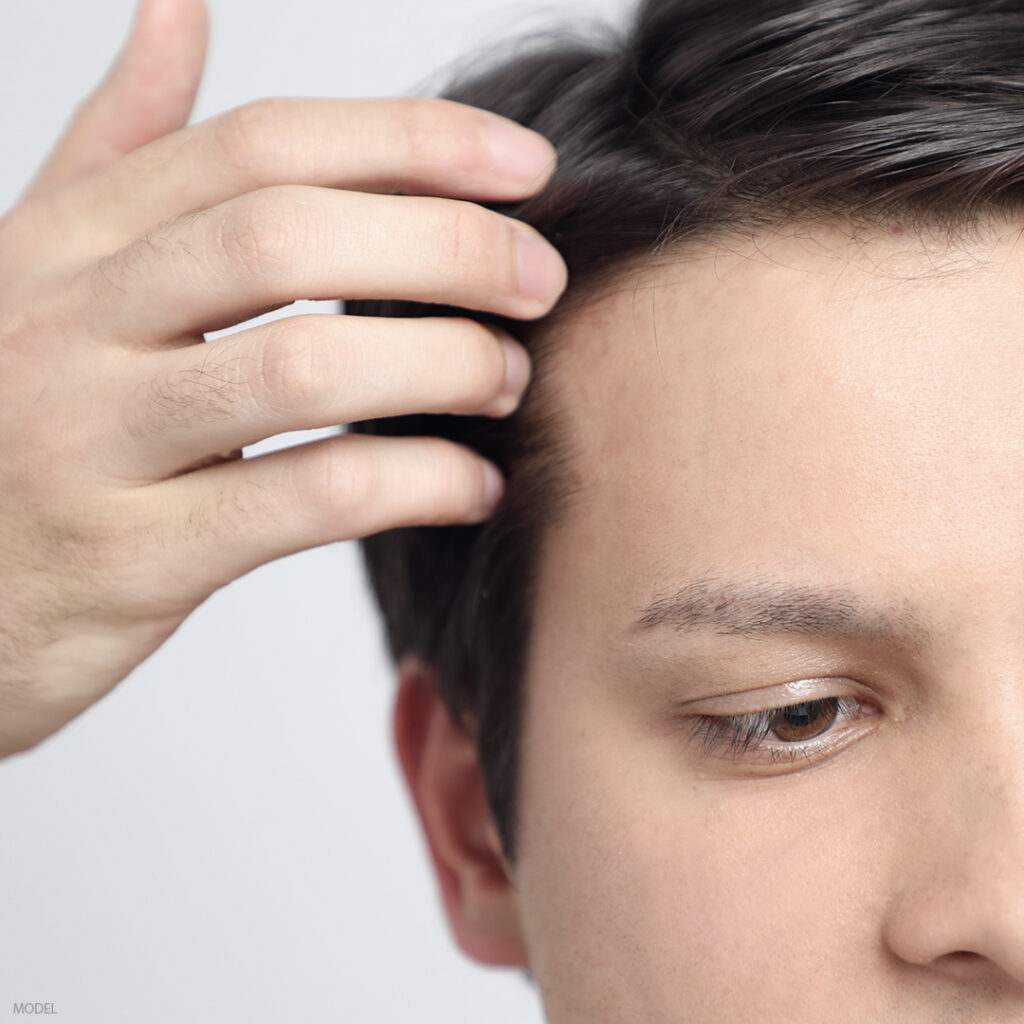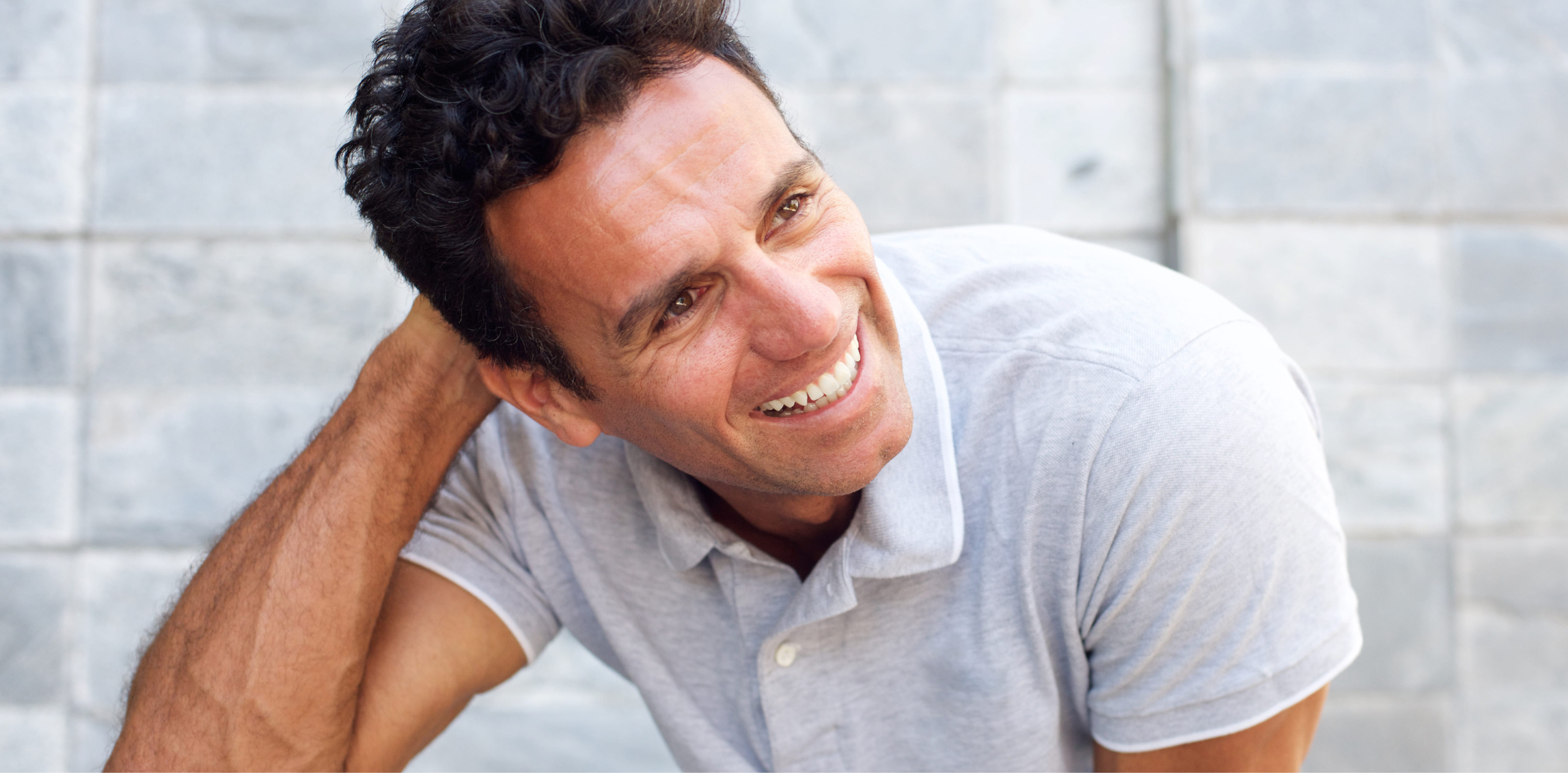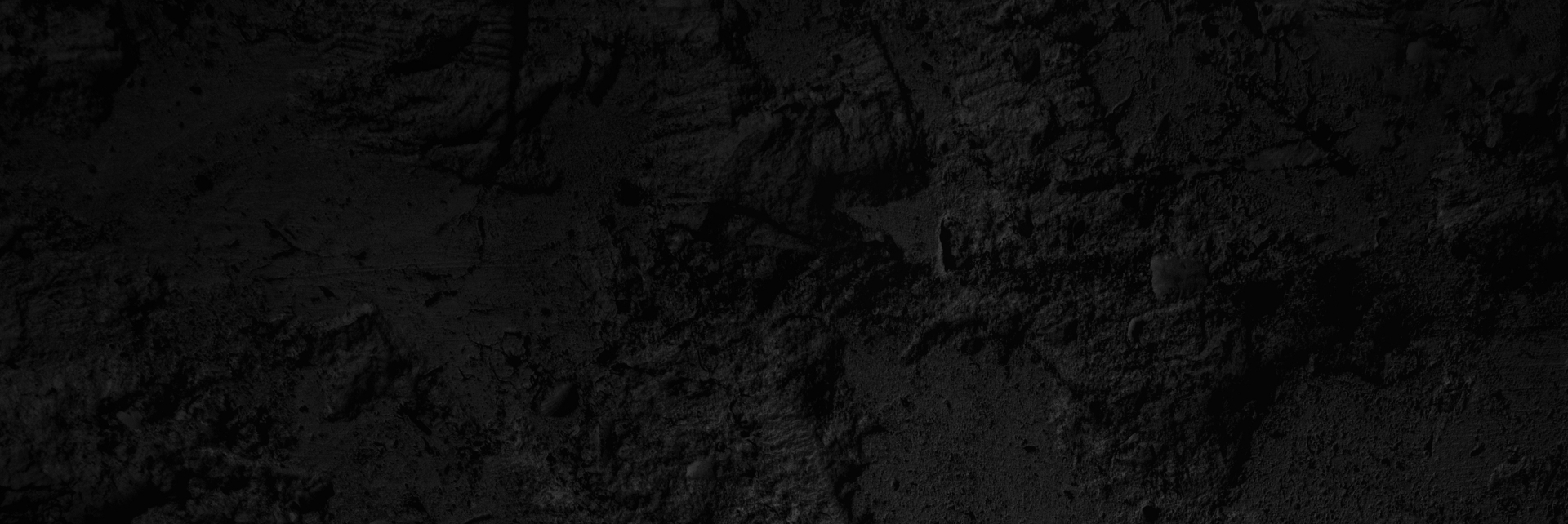Natural hair loss is a common occurrence for both men and women, and it’s very common for those of all ages to seek out measures for hair restoration. PRP (Platelet-Rich Plasma) and exosome Hair Restoration is suitable for both men and women. These state-of-the-art, non-surgical treatments present a completely natural, alternative medical procedure used for the treatment of hair loss or hair thinning.
Why choose PRP hair restoration?
PRP hair restoration can help increase the blood supply to the follicle, improve your hair’s thickness, trigger and maintain the growth phase, control hair growth cycle, and decrease overall hair loss.
How does PRP work?
The active growth factors in our own PRP trigger natural hair growth and maintain it by increasing blood supply to the hair follicle and increasing the thickness of the hair shaft.

How do exosomes work for hair restoration?
Exosomes have emerged as a promising solution for the treatment of hair loss. These naturally occurring particles are rich in growth factors and other bioactive molecules that promote hair regrowth. When exosomes are applied to the scalp, they stimulate the dormant hair follicles, encourage hair cell growth, and improve blood flow to the hair follicles. This can lead to thicker, fuller hair over time.
What can I expect during treatments?
Hair restoration with PRP is a 3-step process. First, blood is drawn, usually from your arm. Next, the blood is put into a centrifuge, which separates the PRP from other components of the blood. Finally, the PRP is drawn up into a syringe and injected into areas of the scalp that need the increased hair growth. Then, the growth factors in your blood cells do their job, and hair growth is stimulated naturally. Our blood plasma contains active growth factors which can promote hair growth. The result is a fuller, healthier-looking head of hair. Although the process is a bit meticulous, the procedure only takes about 30 minutes.
The treatment process with exosomes is similar, although instead of drawing blood and the use of a centrifuge, your TKI provider will apply exosome-rich solutions directly to the scalp, followed by a microneedling technique to ensure the exosomes reach the hair follicles.
When will I see results and how long will they last?
Four treatments are needed every month followed by maintenance treatments 2-3 times a year.
Are the treatments painful?
At TKI, we offer a comfort menu to leave you feeling as pain-free as possible.
What is the recovery period like?
Some scalp tenderness and redness are normal following treatment. Most people can return to normal activity immediately following the procedure. There are certain restrictions and recommendations when it comes to hair products, like avoiding heat products 3 days after treatment.
Schedule PRP or exosome hair restoration in Marlboro or East Brunswick
If you are tired of struggling with hair loss and are looking for a solution that works, TKI may have a solution for you. By using PRP or exosome hair restoration, we can promote new hair growth with a series of treatments. Request your appointment at your closest location by using our online form or calling 8-555-DRKAGA to book. Our goal is to restore your confidence and help you feel more like yourself again!


